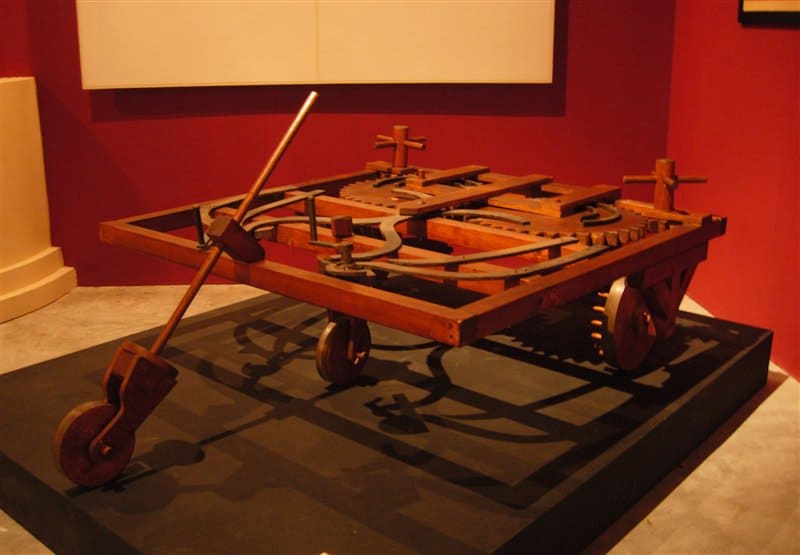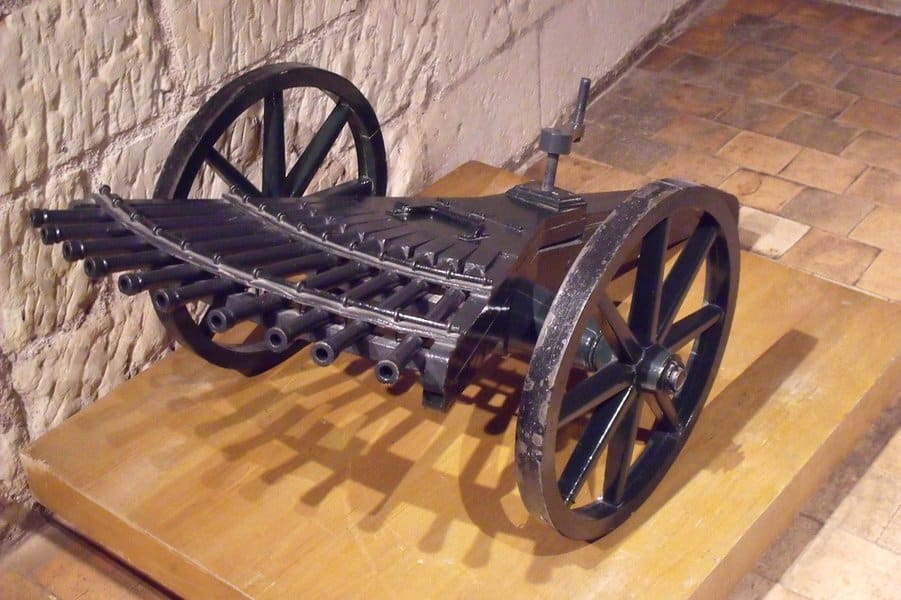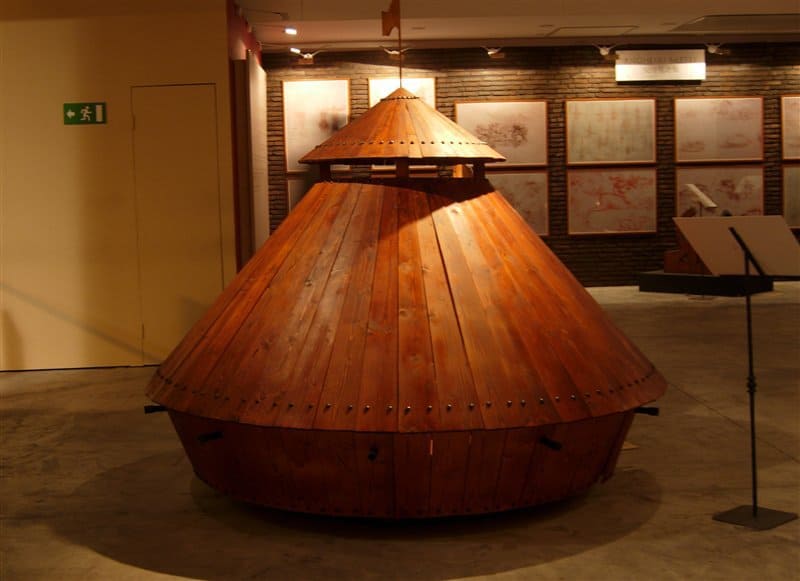Born on April 15, 1452, Leonardo da Vinci is history’s greatest painter, sculptor, and architect. Regarded as one of the most influential artists, his accomplishments and fame transcends time. He’s best known for creating one of the most famous pieces of art, the Mona Lisa. In addition to lost and unfinished work, he made The Last Supper, the Vitruvian Man drawing, and the Salvator Mundi painting. But da Vinci was more than a brilliant painter. He was a genius who was also a scientist, engineer, and theorist. While da Vinci’s most famous for his drawings, his notebooks revealed musings on astronomy, cartography, paleontology, and anatomy, along with many Leonardo da Vinci inventions.
Leonardo da Vinci was a prominent figure during the High Renaissance and ahead of his time. He conjured up ideas of strange machines that would one day be commonplace. He didn’t have the resources to make some of his ideas happen, but they became the ancestors of future inventions. Da Vinci invented life-changing machines that revolutionized the way we live during his lifetime and beyond.
Dated around 1478, the Codex Atlanticus contains drawings, sketches, and detailed notes about many of his most famous concepts and ideas. Many of these ideas only emerged in the late 1790s, with additional discoveries in the 1950s and 1960s. Da Vinci also had a reputation for creating weapons and machines of war, so he would leave out some instructions so that his enemies couldn’t recreate his inventions. His enemies would only have a piece of the concept if it ever ended up in the wrong hands.
So let’s travel back in time and explore the ideas, creations, and inventions of the great Leonardo da Vinci.
11 Leonardo da Vinci Inventions That Changed the World
1. Flying Machines
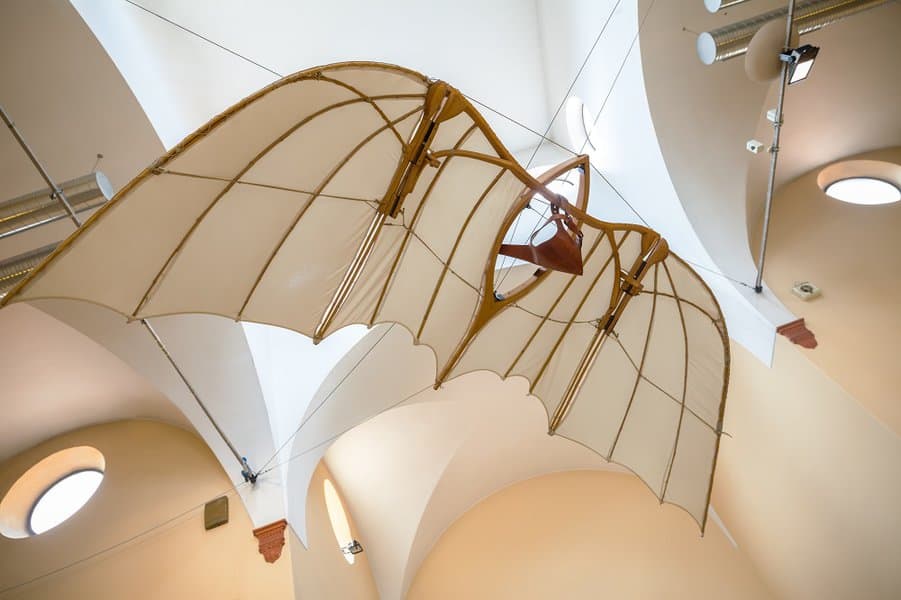
Viktor Gladkov/Shutterstock
For much of his life, Leonardo da Vinci was obsessed with the idea of human flight. His notebooks are full of sketches about flying machines and other devices. While he didn’t have the resources then, many of his ideas predicted the creation of airplanes and helicopters.
Based on his study of birds, da Vinci sketched a drawing of an early flying machine. The concept featured giant wings on a wooden-framed ornithopter. The flyer would turn the crank causing the wings to flap like a bird.
Furthermore, da Vinci also drew up ideas for an aerial screw, an early version of a helicopter. It would require a team of men to turn a screw with massive blades on a platform causing it to fly. In 1488, he also sketched an idea for an early version of a hang glider.
2. Leonardo’s Robot
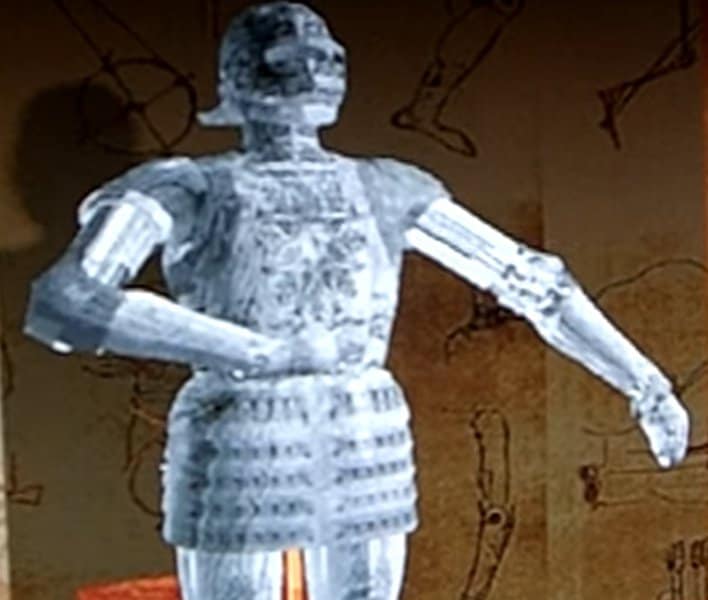
MultiBrowsers/YouTube
Leonardo da Vinci drew sketches for a robot based on his research for the Vitruvian Man. It was a fully functioning robot that made human-like motions. Also known as Leonardo’s mechanical knight, sketches for the robot appear in his lost notebook, which surfaced in the 1950s. Rumors suggest da Vinci made a functioning prototype in 1495.
He unveiled the robot in medieval German-Italian armor during a celebration for Ludovico Sforza. With a system of cables and pulleys, the robot could move its arms, stand, sit, and lift its visor. After the discovery of the notebook, engineers made Leonardo’s robot come to fruition.
3. The Giant Crossbow
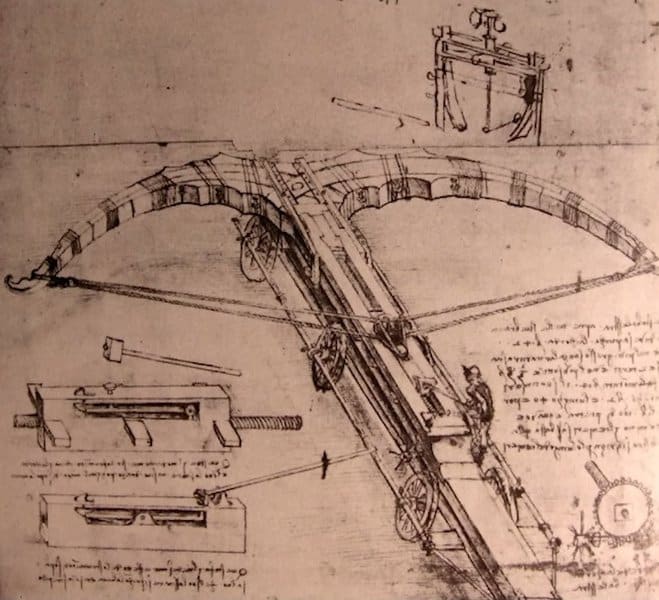
Weird History/YouTube
Dated between 1478 and 1519, the twelve-volume Codex Atlanticus features Leonardo da Vinci’s drawings and ideas on flight and music. Along with those designs, da Vinci also sketched ideas for war machines, notably crossbows. During the Renaissance era, da Vinci offered his mounted giant crossbow idea to Italian Prince Ludovico Sforza to use during his many wars.
Experts believe da Vinci sketched the idea around 1483 to 1490. The Codex Atlanticus also includes drawings of a self-spanning rapid-fire crossbow. Despite the detailed work, there’s no evidence that da Vinci constructed either weapon.
4. Leonardo’s Self-Propelling Cart
The original design for da Vinci’s self-propelling cart appears in the Codex Atlanticus. As the grandfather of the automobile, the self-propelling cart used two symmetric springs to power it. Da Vinci utilized two springs because the power dropped when the springs unwound. Hence, two springs provided more power. He also used a balance wheel commonly found in clocks.
Operating and controlling the complex cart was difficult. In fact, the cart would follow a pre-programmed route using a differential for turning angles. The three-wheeled vehicle also used ropes to serve as breaks. Da Vinci knew before anyone else that the automobile would revolutionize life.
5. Viola Organista
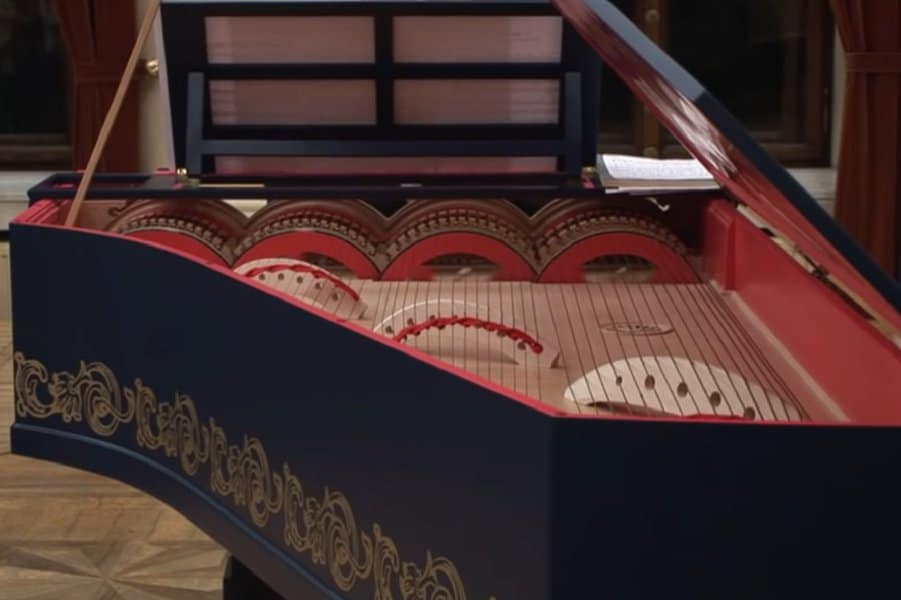
AFP News Agency/YouTube
Even Leonardo da Vinci’s unfinished work is fascinating and groundbreaking. Roughly 400 years ago, da Vinci sketched preliminary plans for a musical instrument known as the viola organista. The instrument uses a friction belt to make individual strings vibrate, creating violin-like sounds. Furthermore, it had a keyboard to select the strings like an organ.
Da Vinci left the idea incomplete as he didn’t have the resources to build the instrument. Future inventors used a similar design to create instruments following the same idea.
See more about - 12 Failed Inventions That Never Got Off The Ground
6. Machine Gun
Leonardo da Vinci drew up designs for various weapons and war machines. Da Vinci’s deadliest weapon that luckily remained a drawing during his life was the 33-barreled organ. Nothing like a modern machine gun; it operated on the same premise of a quick reload. In this case, it enabled eleven muskets to fire rapidly and rotate so the barrels could cool off. A prototype was made at some stage after his death, as seen in the image above, with da Vinci once again proving he was ahead of his time.
7. The Parachute
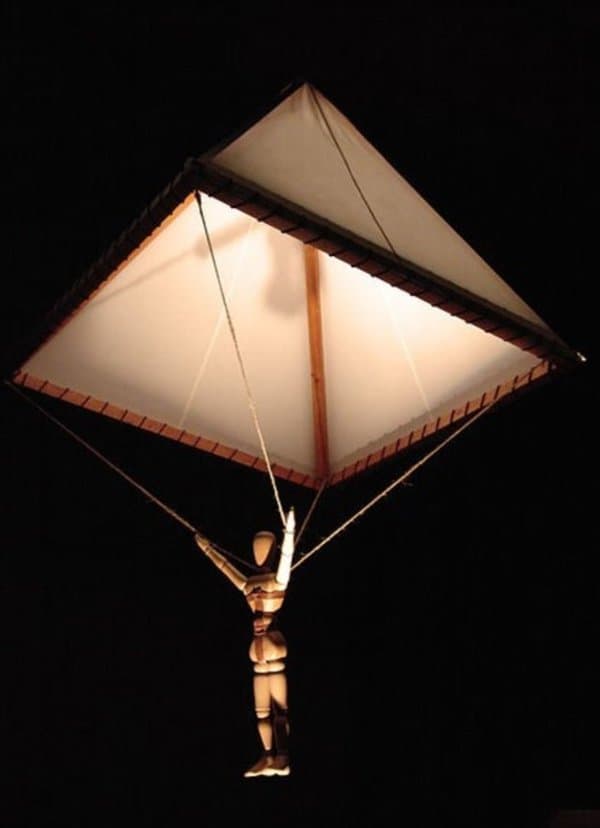
Wikimedia Commons
The inventor of the parachute, French aeronaut Louis-Sébastien Lenormand made the first parachute drop in 1783. Centuries earlier, the brilliant polymath Leonardo da Vinci already drew up plans for a similar device. Although there is no proof that da Vinci built the first parachute as it was just an idea at the time.
Da Vinci’s parachute consisted of linen on a heavy wood frame with a triangle-shaped canopy. He theorized that a person could jump off any height and avoid injury with his invention. Many experts believe da Vinci’s design would fail. Regardless, da Vinci’s parachute is another example of his forward thinking and ideas.
8. Leonardo’s Fighting Machine
Around 1487, Leonardo da Vinci made plans for the ultimate fighting machine. In many ways, the fighting machine is the ancestor of the modern-day tank. Inspired by a turtle’s shell, the armored vehicle was made of wood and fortified with metal plates. Da Vinci’s design included slanted angles to deflect enemy fire with several cannons lining the machine. It required four strong men to operate the two large cranks inside to power the device.
While the armored vehicle would strike fear into the hearts of their enemies in the 1480s, da Vinci’s design was impractical since it was immobile and difficult to control. da Vinci also designed the control backward, possibly to prevent anyone from stealing the idea, making it a rather useless and tedious weapon.
9. Self-Supporting Bridge
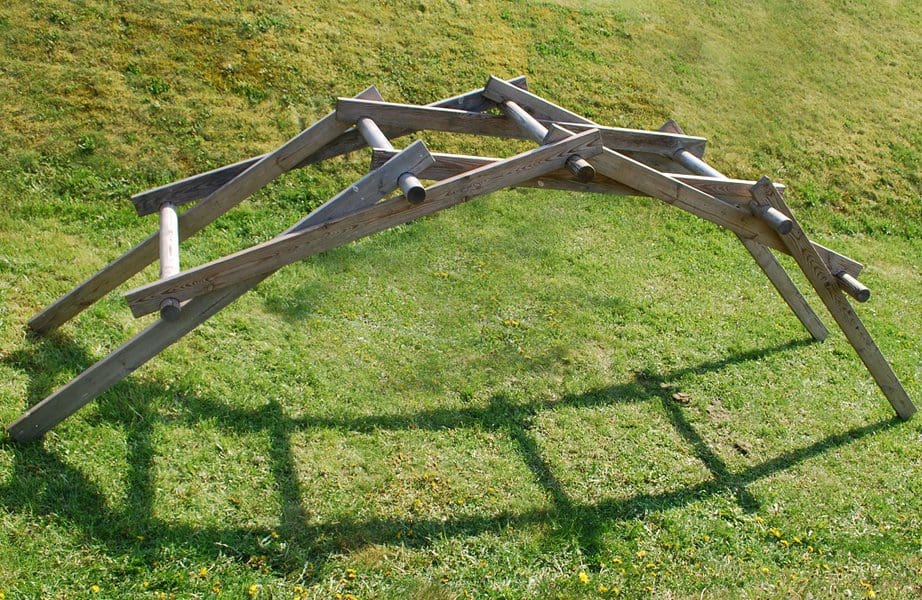
Nextluxury/Shutterstock
One of Leonardo da Vinci’s most ambitious ideas was a self-supporting bridge. In 1502, Sultan Bayeid II wished for a bridge between present-day Karakoy and Istanbul. Upon hearing the news, da Vinci got to work on a bridge that would change the world. He proposed a bridge stretching roughly 800 feet long over the Golden Horn. He designed the bridge so ships could comfortably pass under it.
Despite his limitations, da Vinci believed he could construct the masonry bridge. Using a single flattened arch instead of semicircular arches, he planned to use abutments to prevent the bridge from swaying. In the 1500s, da Vinci’s plan seemed impossible, which is why the Sultan passed on the idea. The sketch and letter disappeared until resurfacing in 1952, giving further insight into da Vinci’s goal.
10. Clock
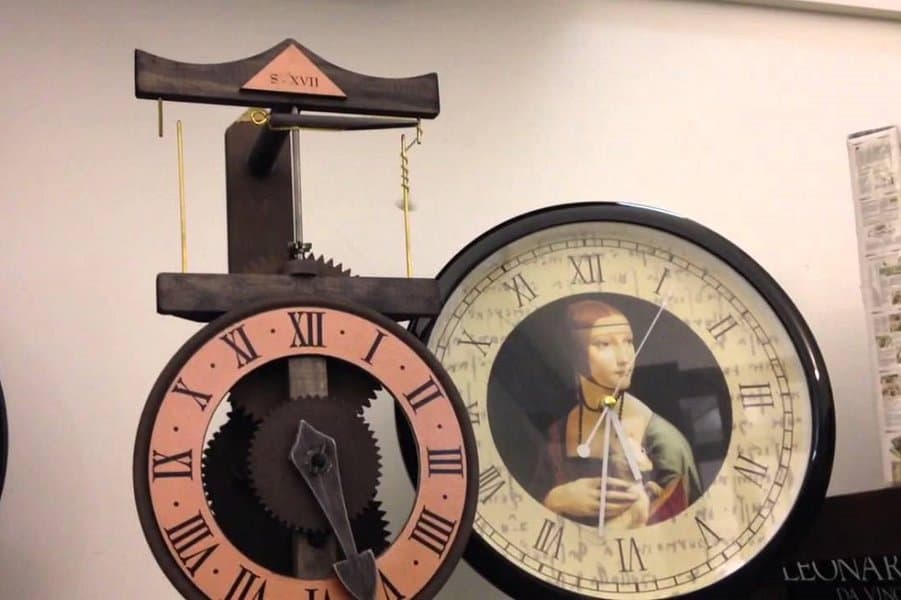
Johannes Kager/YouTube
During his lifetime, Leonardo da Vinci attempted to improve the clock. While the clock did a decent job, da Vinci believed the clock could be more accurate and exact. Clocks had yet to incorporate pendulums into their mechanisms, so da Vinci set out to reinvent the timepiece. The key to da Vinci’s clock was the use of springs. It had a profound impact on watches and other timepieces.
Da Vinci’s design used two separate mechanisms containing weights, harnesses, and gears. The first mechanism kept track of the hour. That allowed the second mechanism to focus on the minutes. Sn attached dial kept track of the moon. The unconventional clock is another sign that da Vinci’s ideas were on the right track. He simply didn’t have the resources to make the inventions a reality.
11. Scuba Gear
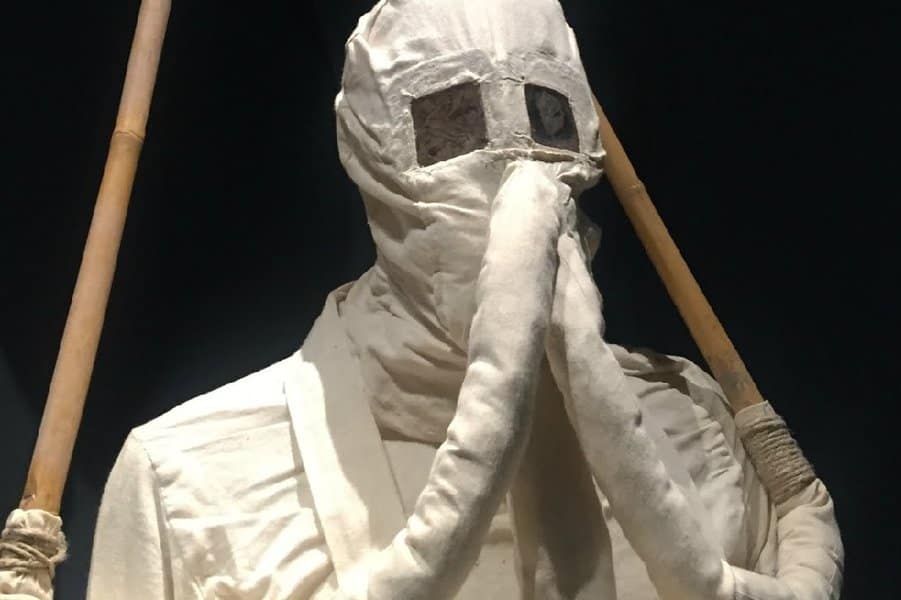
Cincinnati Museum Center/YouTube
In the 1940s, Naval Lieutenant Jacques Cousteau and engineer Emile Gagan invented the Aqua-Lung underwater breathing apparatus. The invention would soon lead to the development of a scuba diving suit. Once again, Leonardo da Vinci was thinking light years ahead of everyone else. Even in the 16th century, he realized the benefit of a diving suit.
He believed the groundbreaking invention would help the Venetians defeat the invading Ottoman Empire. Da Vinci began work on a diving suit ahead of its time that looked like something from your nightmares. The large leather suit featured a full face mask with breathing tubes, goggles, and a contraption for oxygen. The impressive suit also included a pouch to store urine.
See more about - 12 Great 19th Century Inventions

